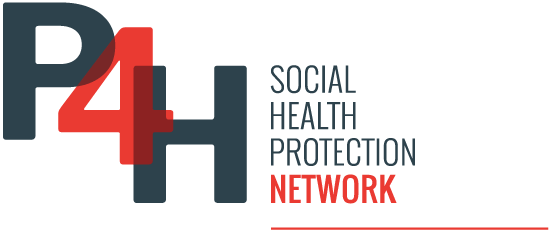Trinidad and Tobago is a twin island republic in the Caribbean that gained its independence from the United Kingdom of Great Britain and Northern Ireland in 1962 and became a republic in 1976. The ministry of health (MOH) was formally established in 1973 and is responsible for developing health policies, planning, monitoring, information and public awareness, regulating, financing and purchasing health services.
The MOH provides oversight and executes the public health functions through five autonomous Regional Health Authorities (RHAs). These RHAs have been created as statutory bodies with responsibility to deliver public health care services in the country.[1]
The national health agenda is guided by the Draft National Development Strategy. Trinidad and Tobago has one of the highest noncommunicable diseases (NCDs rates globally. NCDs account for 60% of deaths annually.
Health financing and data
The MOH provides services via public hospitals and clinics, without direct user charges. The public health system is funded by the government and taxpayers. A portion of the population relies on private health insurance to access quicker and often better quality services.
In 2021, public spending on health was 3.32% of GDP, below the 6% recommended by the Pan American Health Organization. General government health expenditure as a percentage of general government expenditure increased from 8% in 2005 to 11.1% in 2021according to the Global Health Expenditure Database, demonstrating an increasing prioritization of health in the government budget. Out-of-pocket (OOP) expenses are a significant source of funding, representing 46% of current health expenditure in 2021.[2]
The Universal Health Coverage Partnership states that the Trinidad and Tobago Health Accounts report of 2015 states that 21% of health expenditure was spent on NCDs. The essential health services coverage was 75% in 2021.
Main challenges ahead
OOP spending is an equity challenge as it gives an unfair advantage to those who can pay.[3] Despite the government’s commitment to advancing universal health coverage, limited resources result in overcrowded facilities, long wait times and insufficient medical equipment.
Trinidad and Tobago faces a growing prevalence of NCDs, such as diabetes, hypertension, and cardiovascular diseases. The National Strategic Plan for the Prevention and Control of Non Communicable Diseases outlines the strategic direction to control NCDs, collaborating across the public and private health sectors, with participation from nongovernment and civil society organizations. The MOH has implemented many resolutions, policies and evidence-based interventions to combat NCDs and reduce long-term associated costs.
[1] Authors: Karl Theodore, Christine Laptiste, Althea La Foucade, Ewan Scott, Charmaine Metivier, Malini Maharaj, Roxanne Brizan–St. Martin, Kimberly-Ann Gittens-Baynes, Patricia Edwards-Wescott, Heather Harewood, and Vyjanti Beharry; Coordinators: Huihui Wang and Patricio V. Marquez, Financing of Essential Public Health Services in the Caribbean Region, Case Study, World Bank Group
[2] World Health Organization, Global Health Expenditure Database, Health Expenditure Profile (choose country)
[3] Mandreker Bahall, Health Equity and Access to Health Care in Trinidad and Tobago, World Journal of Public Health


